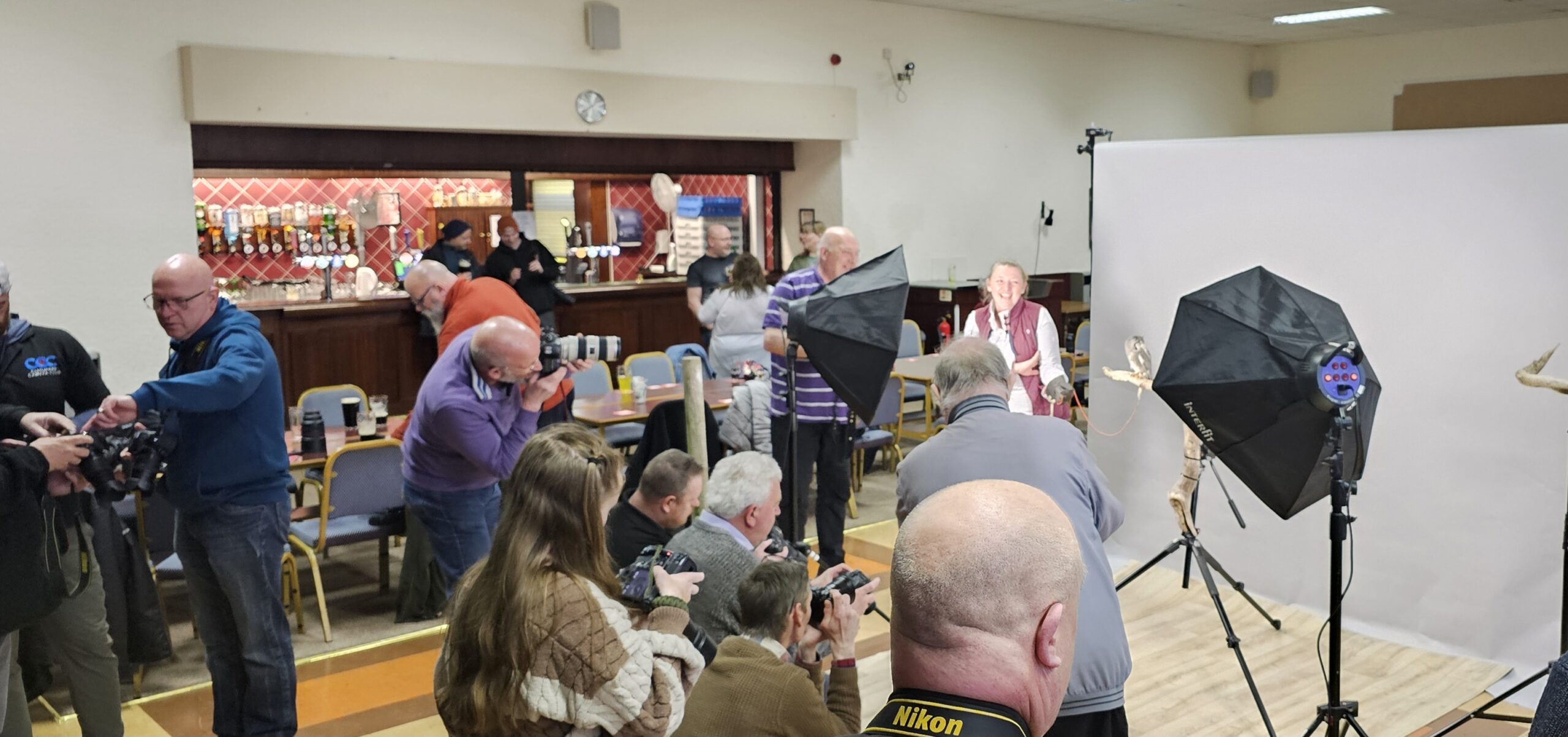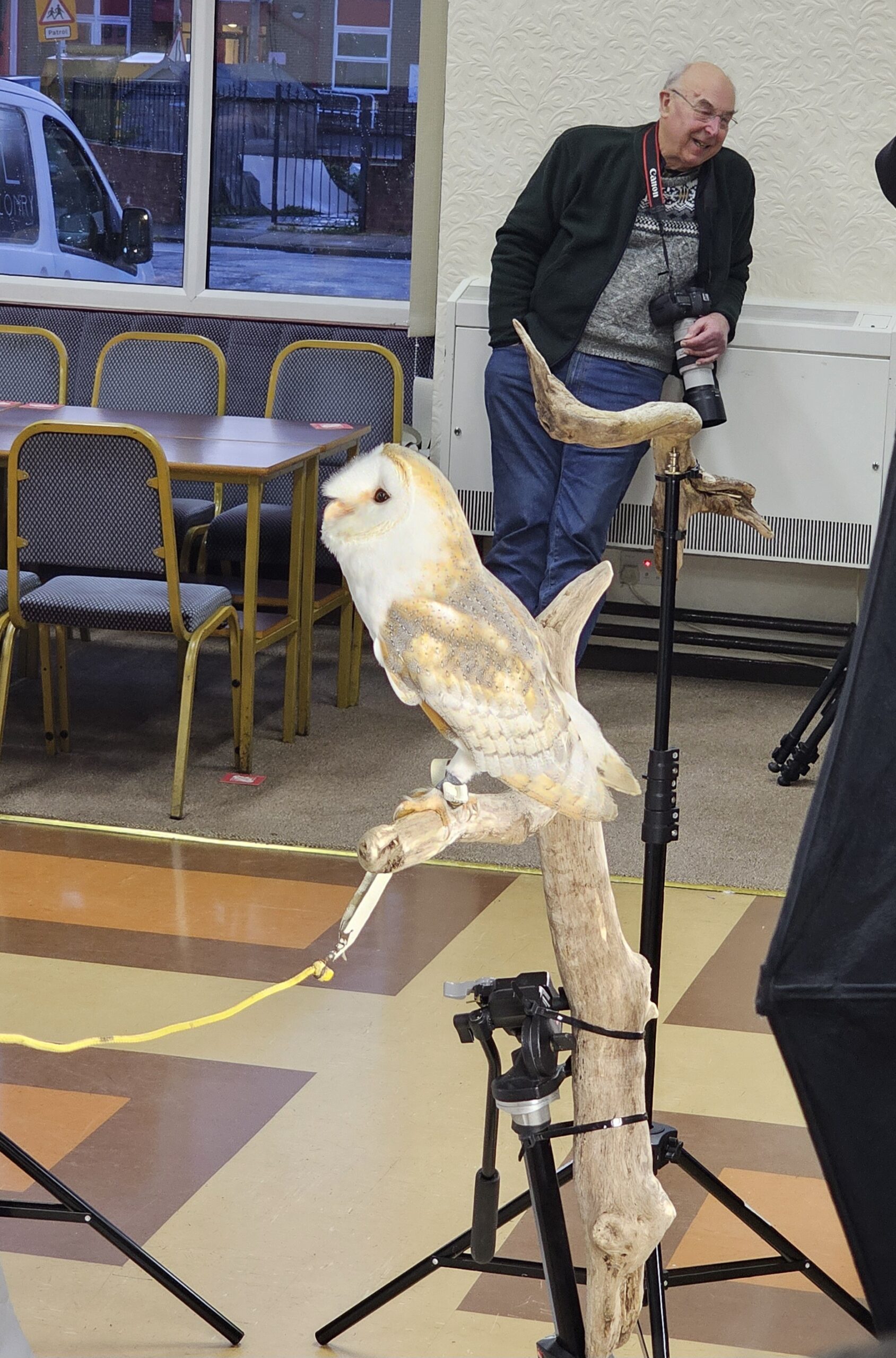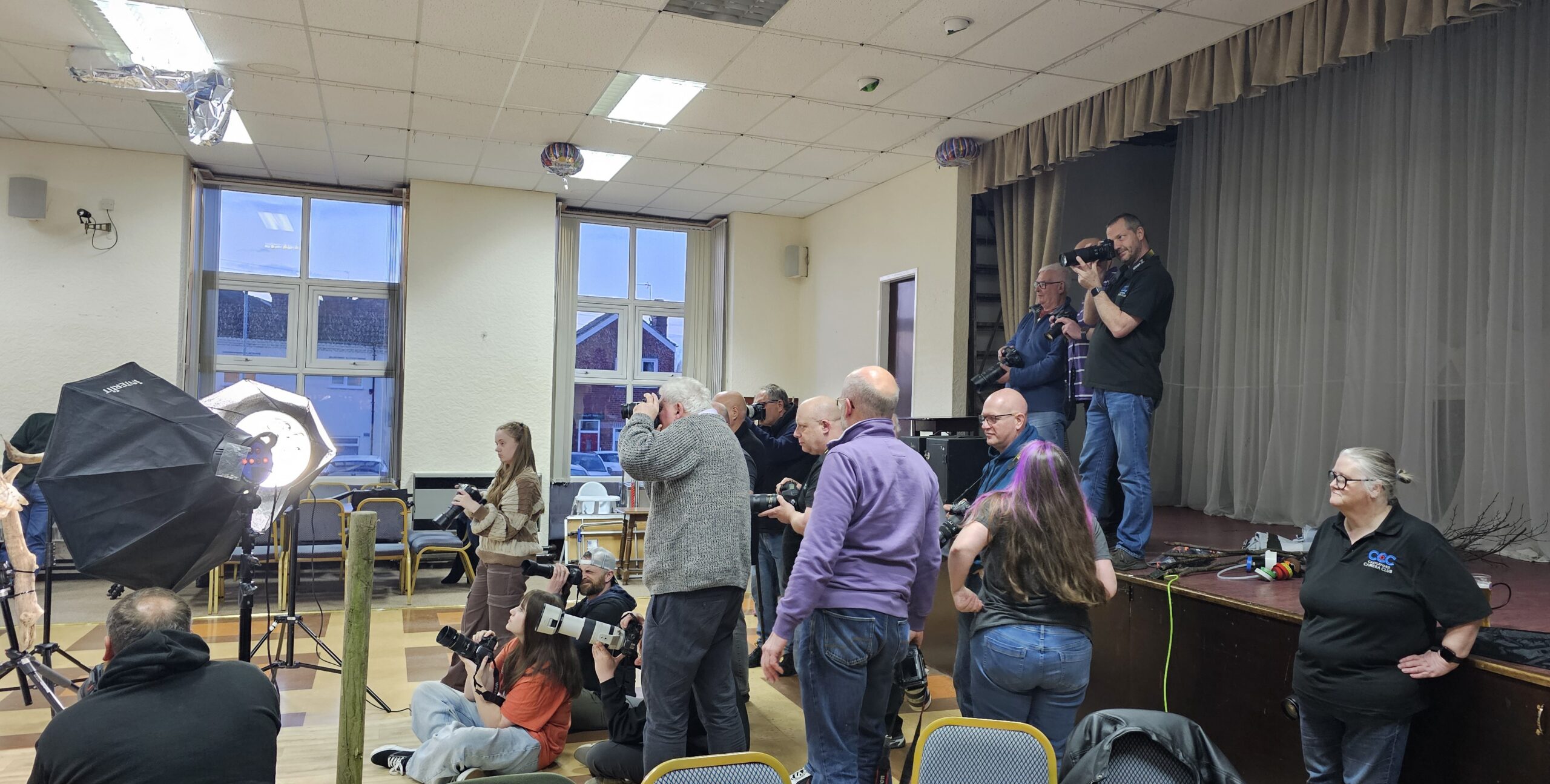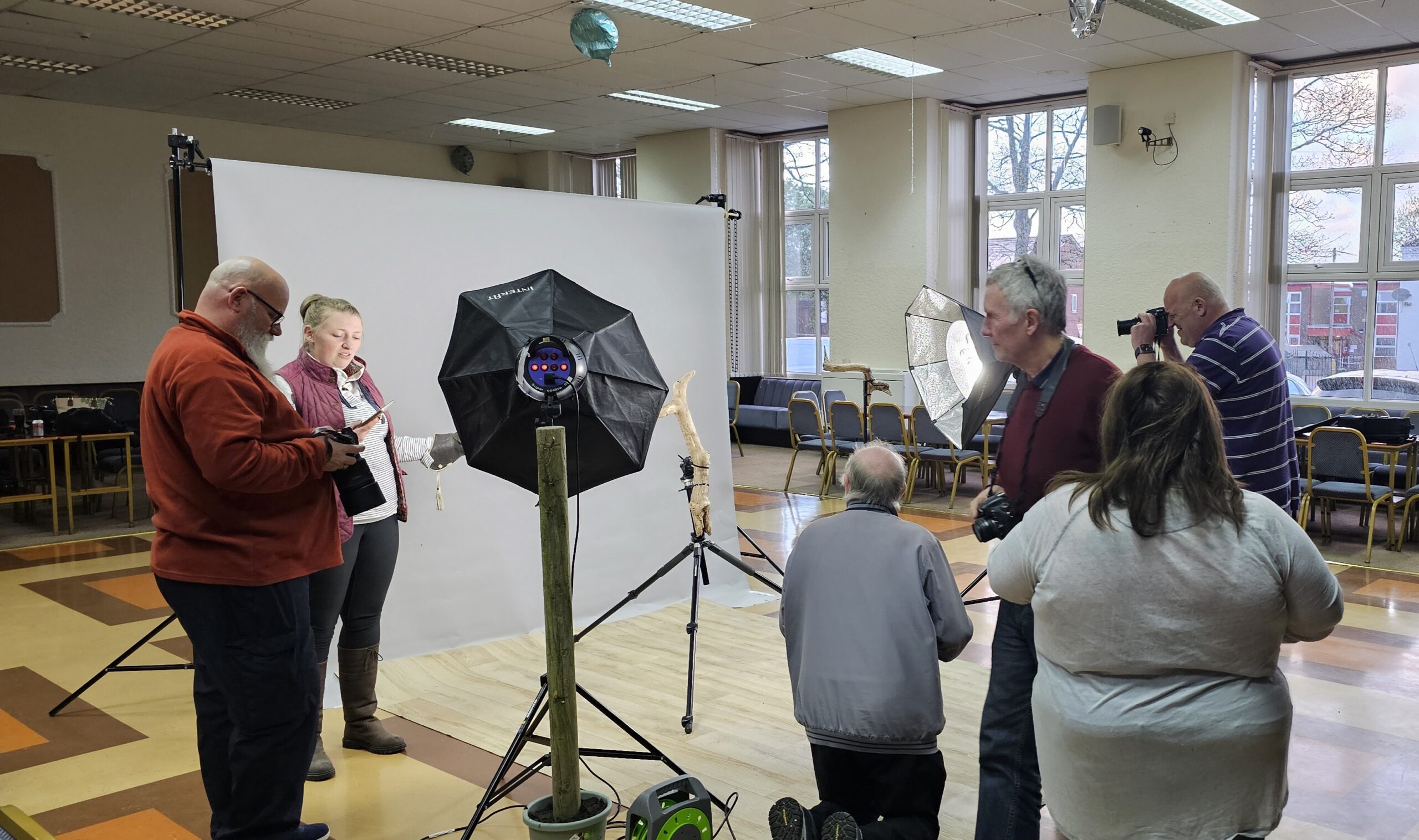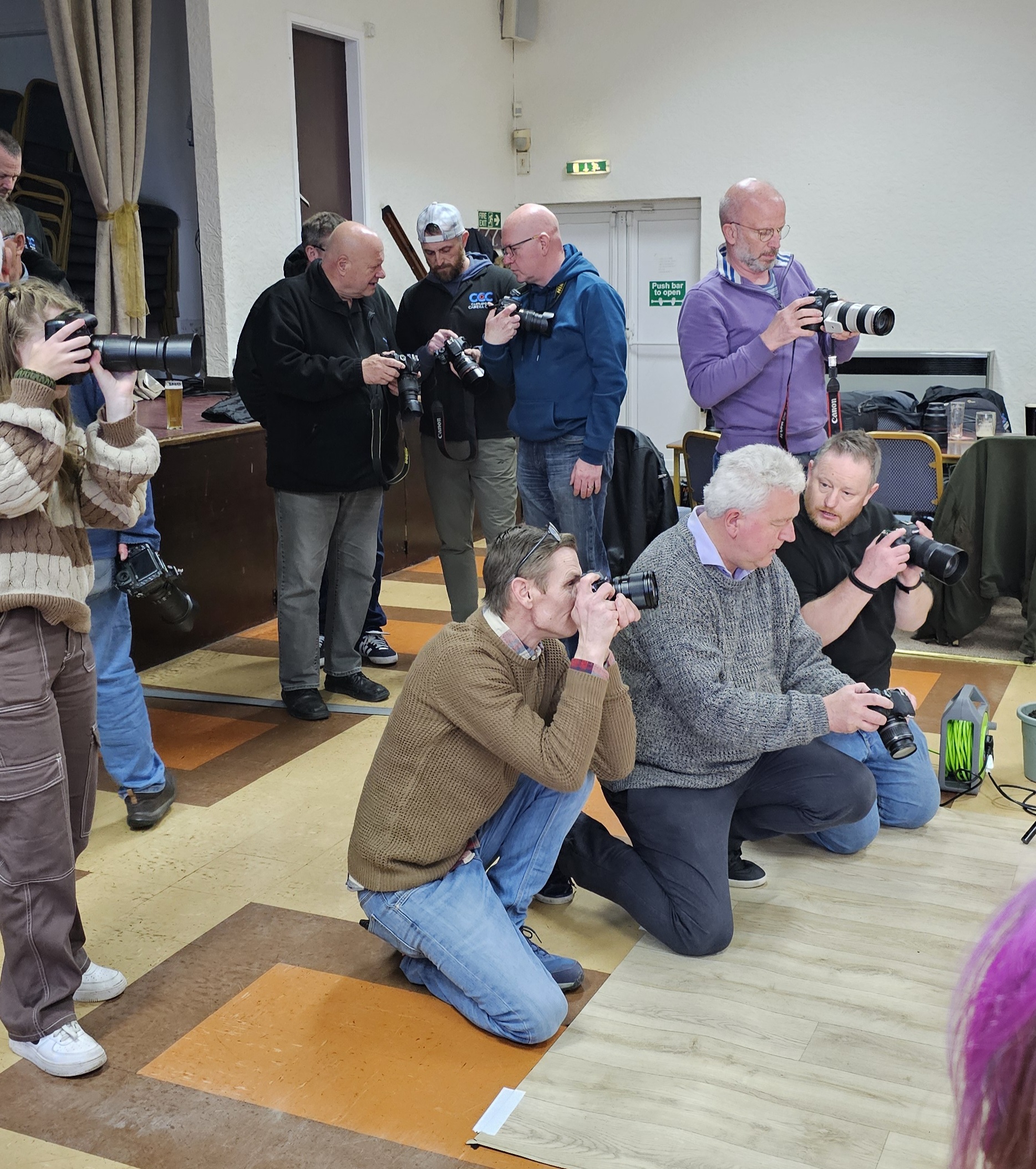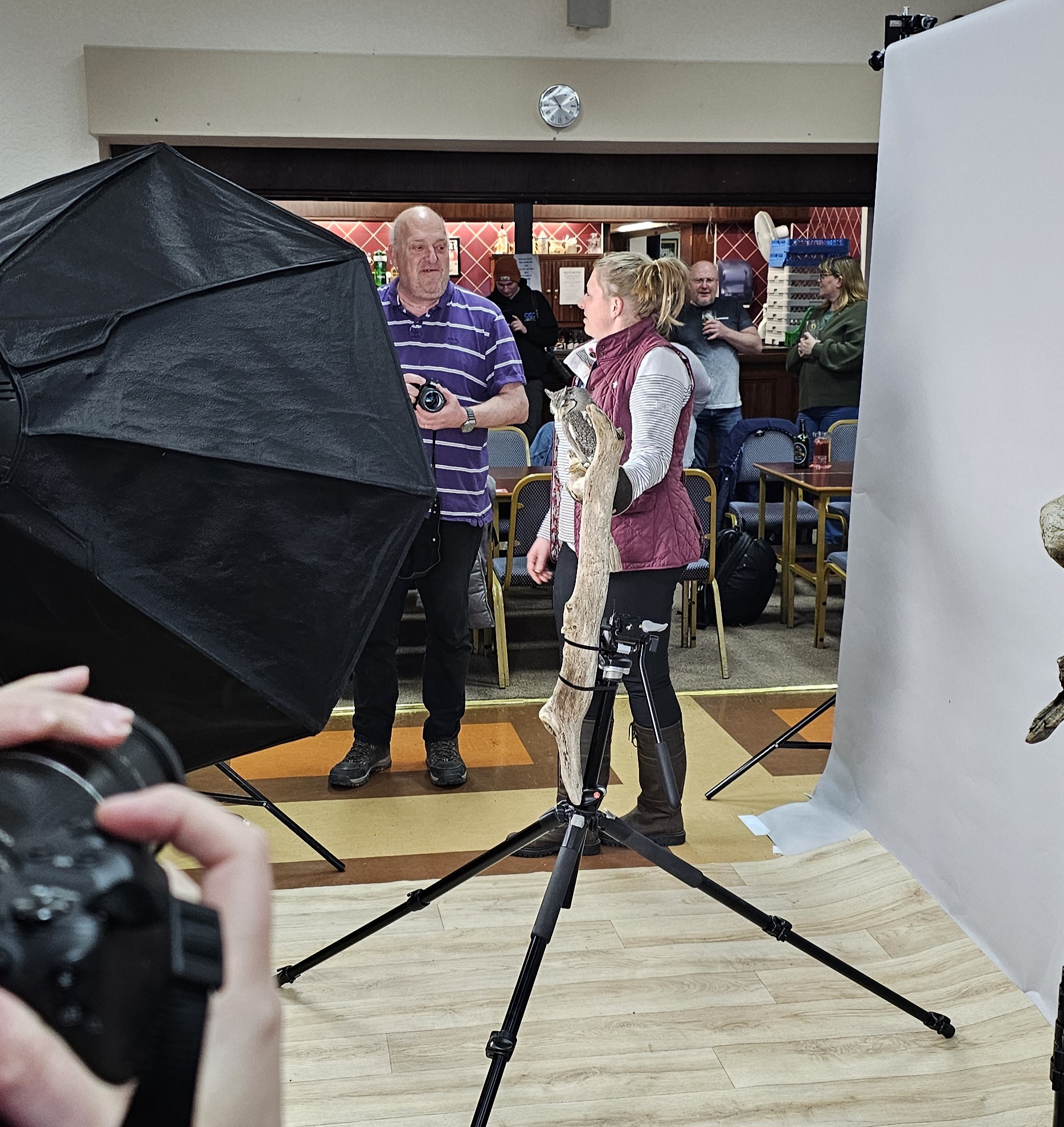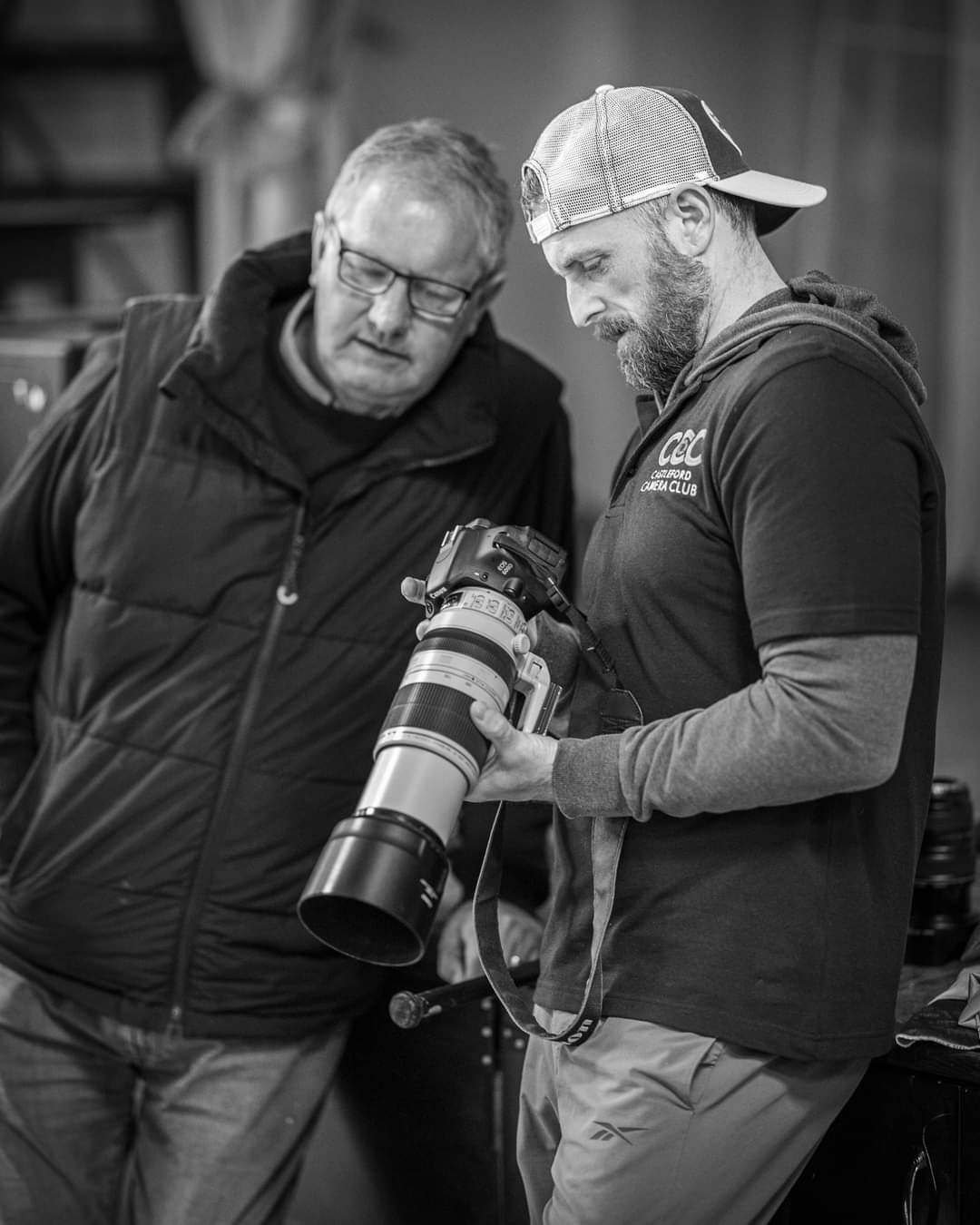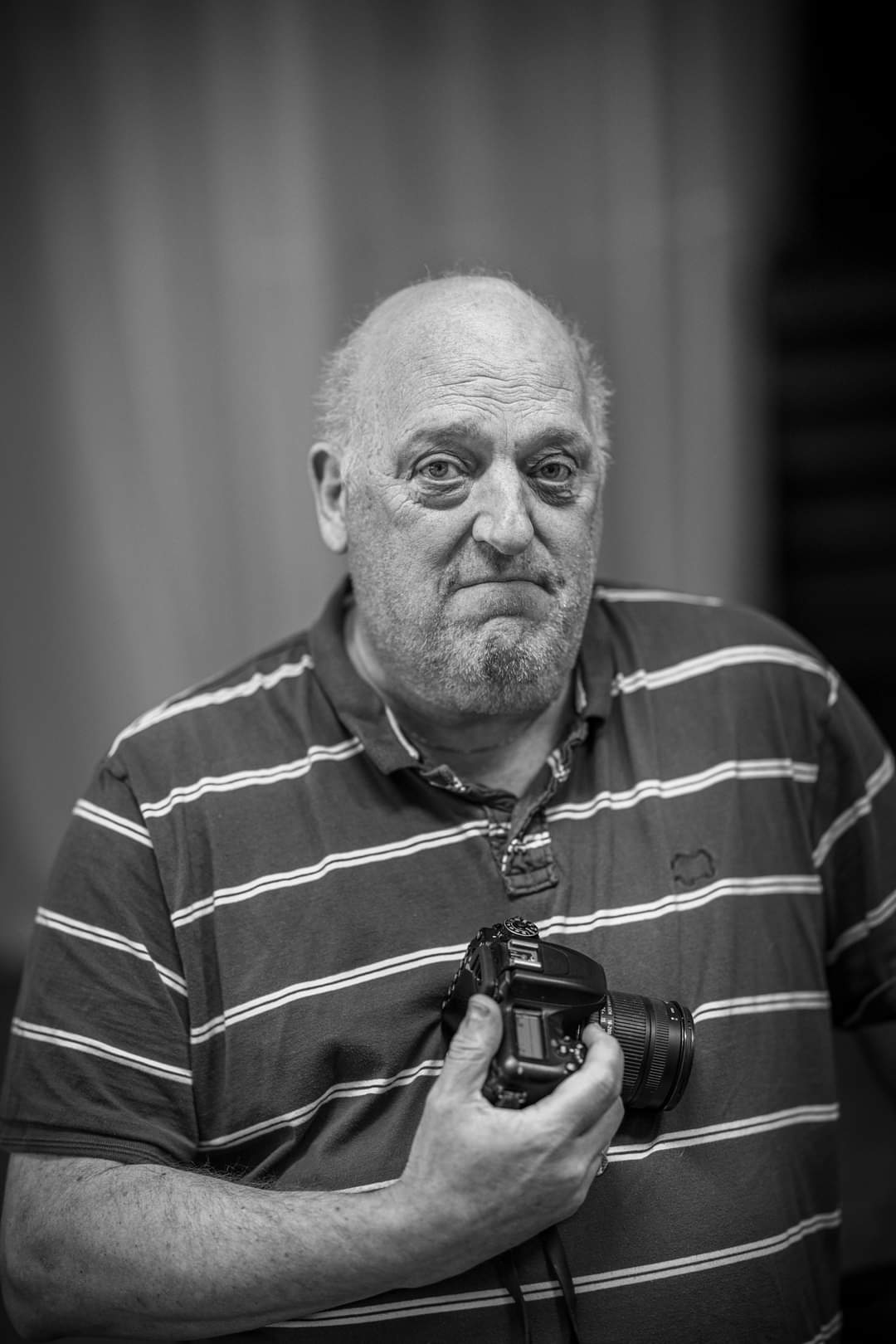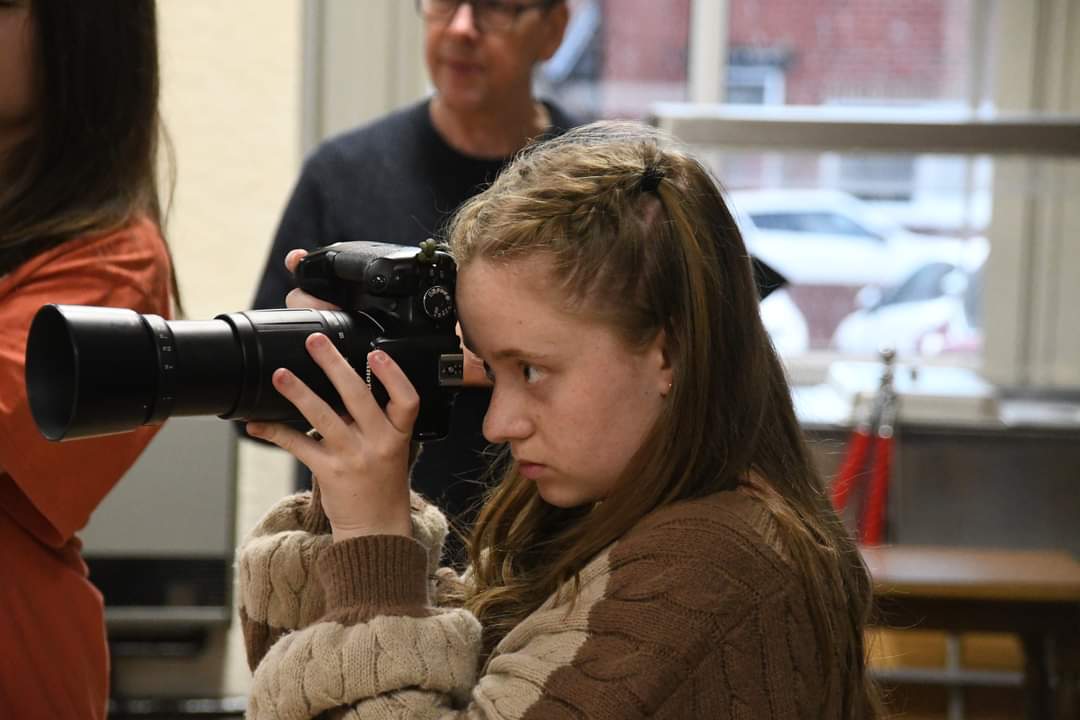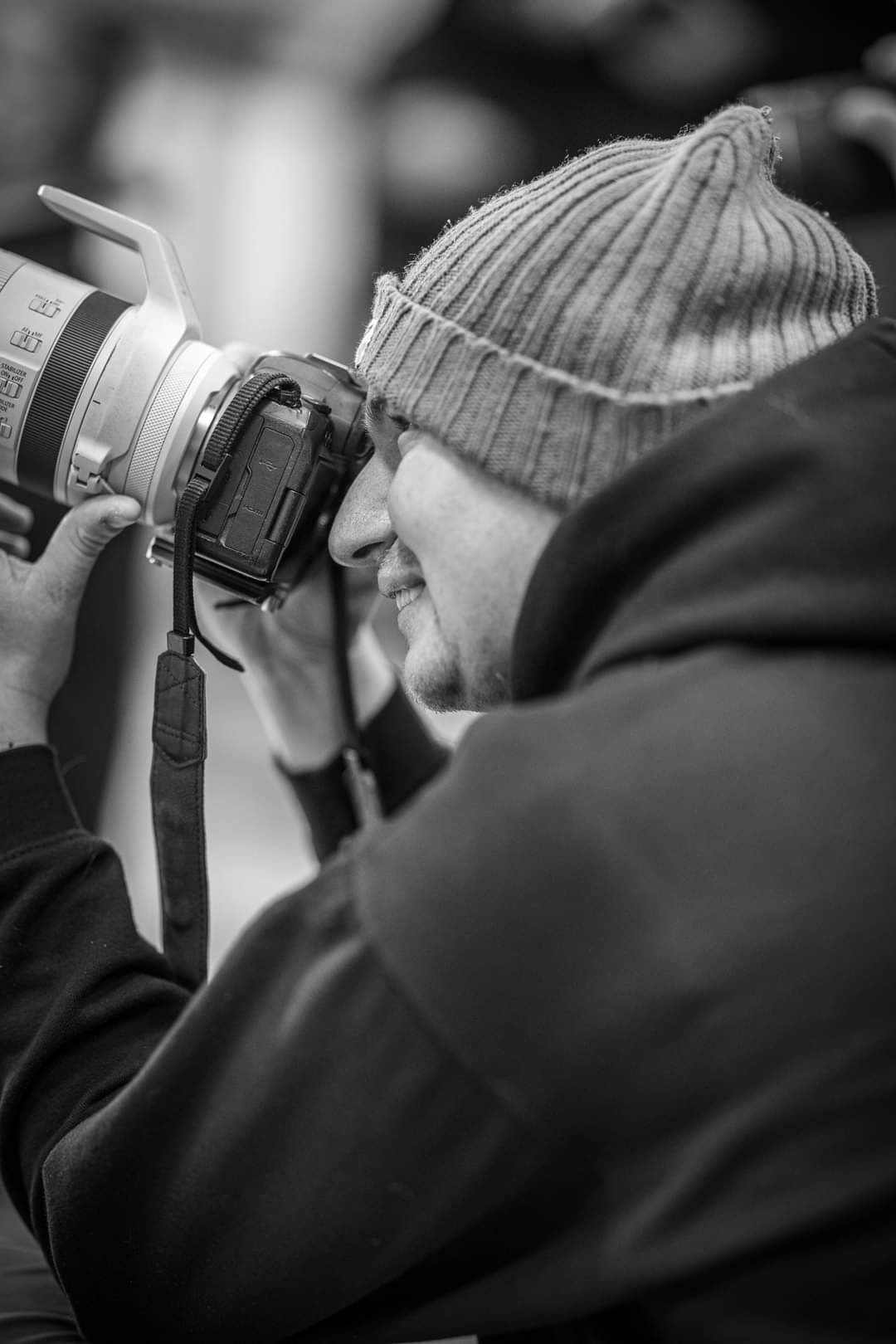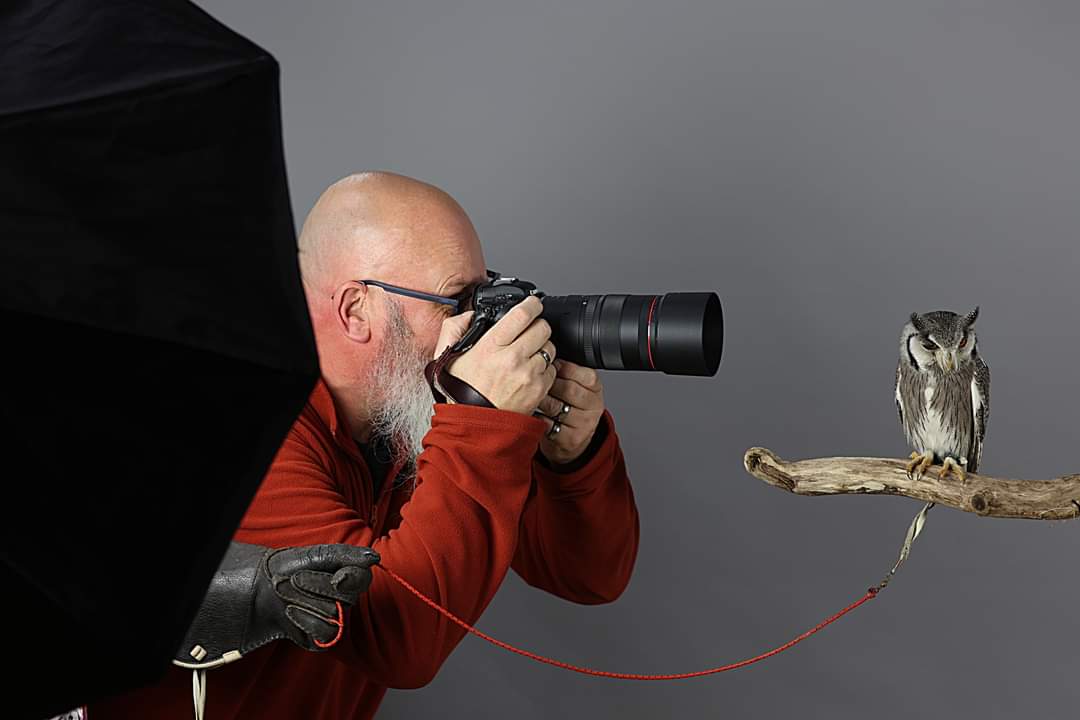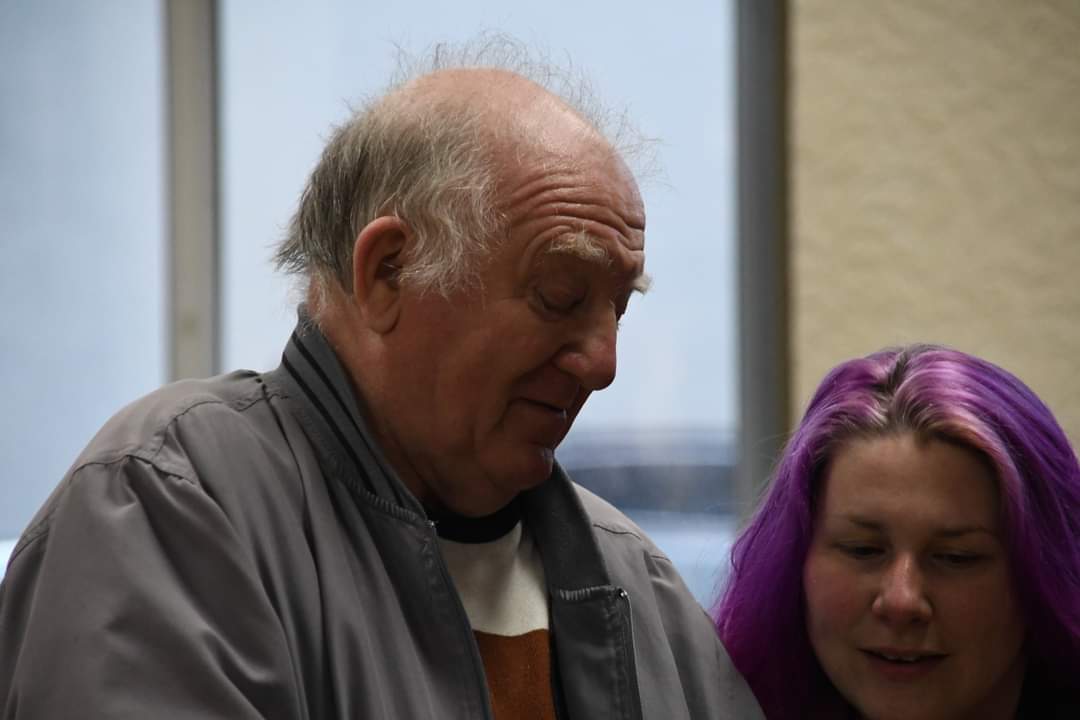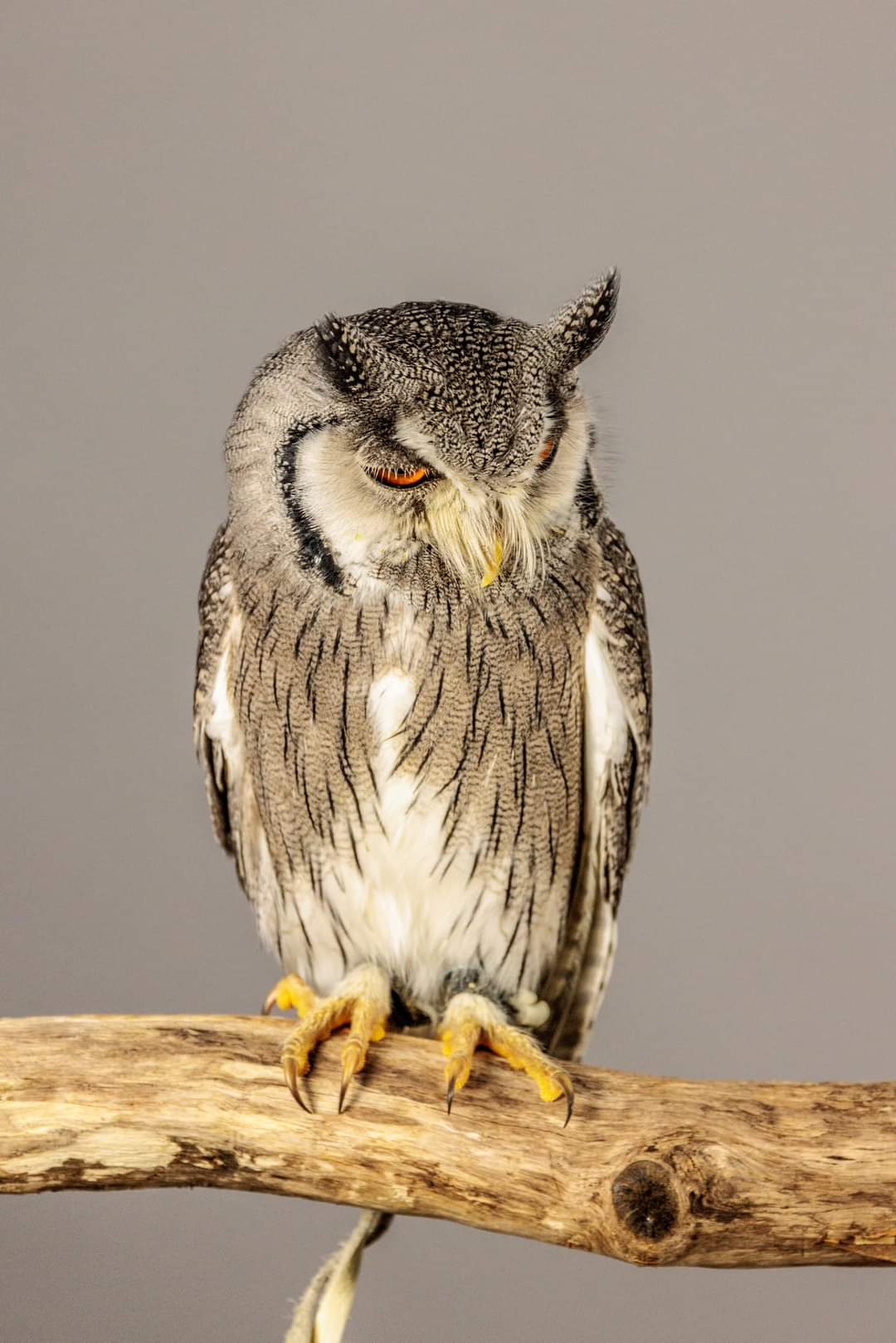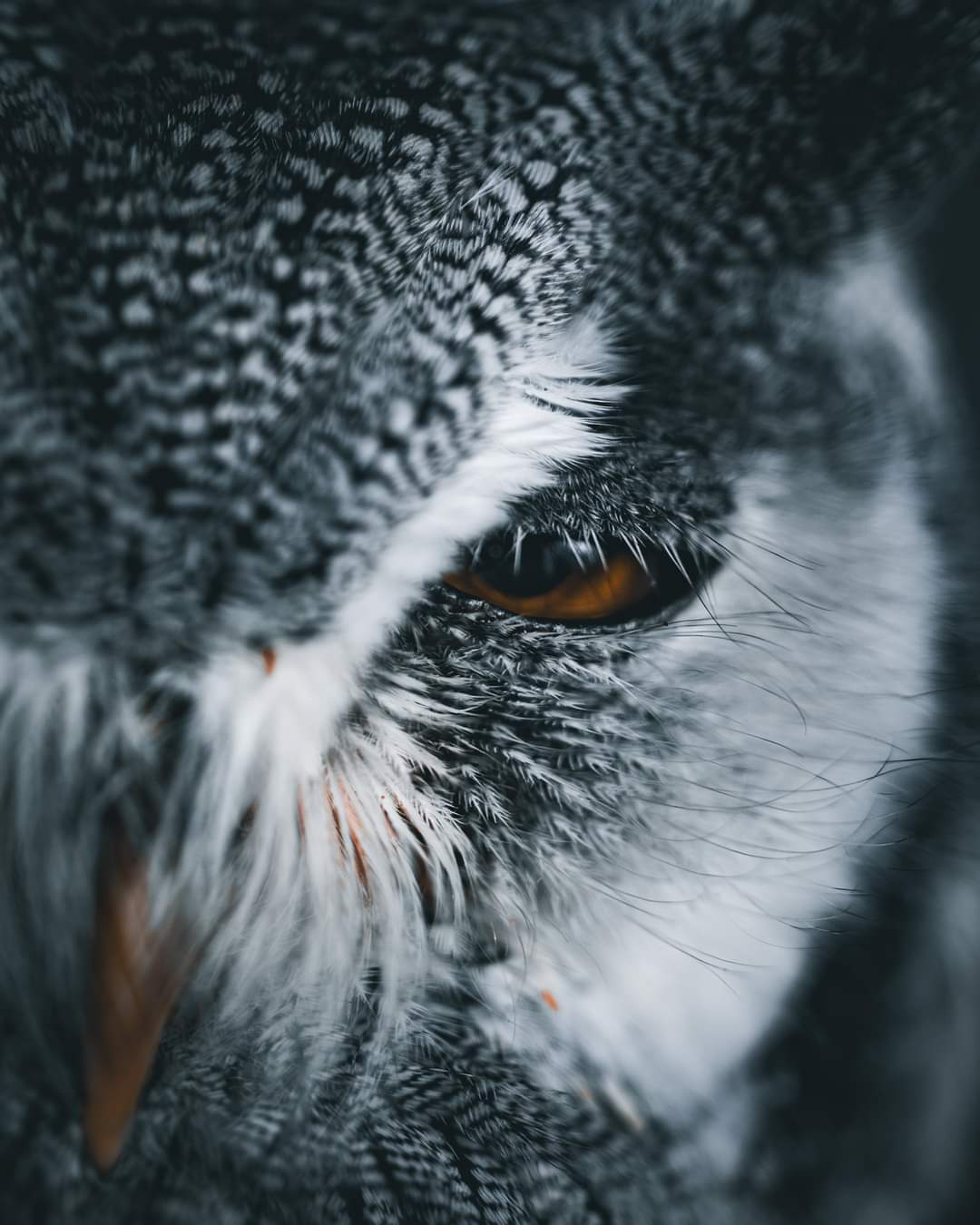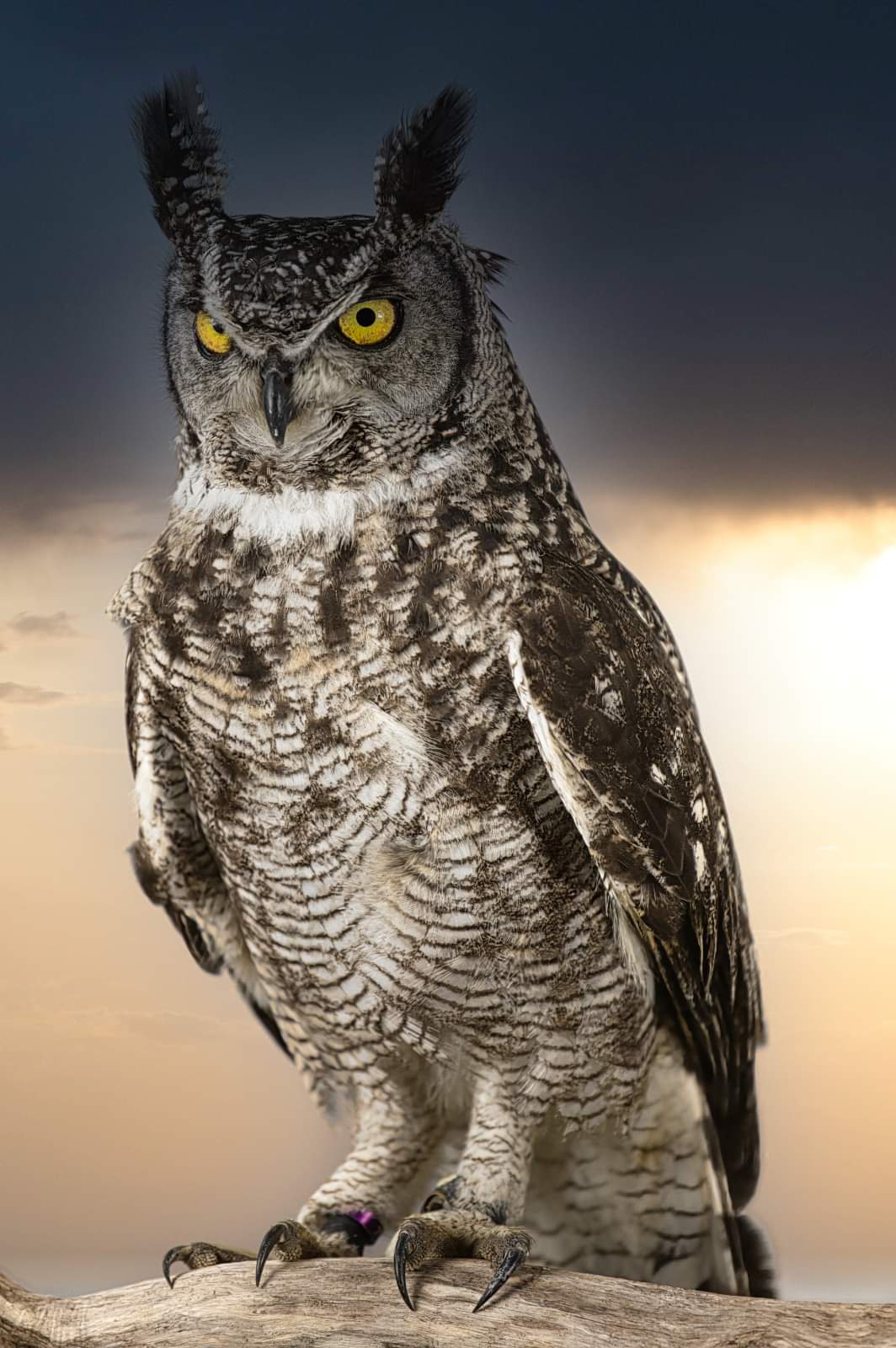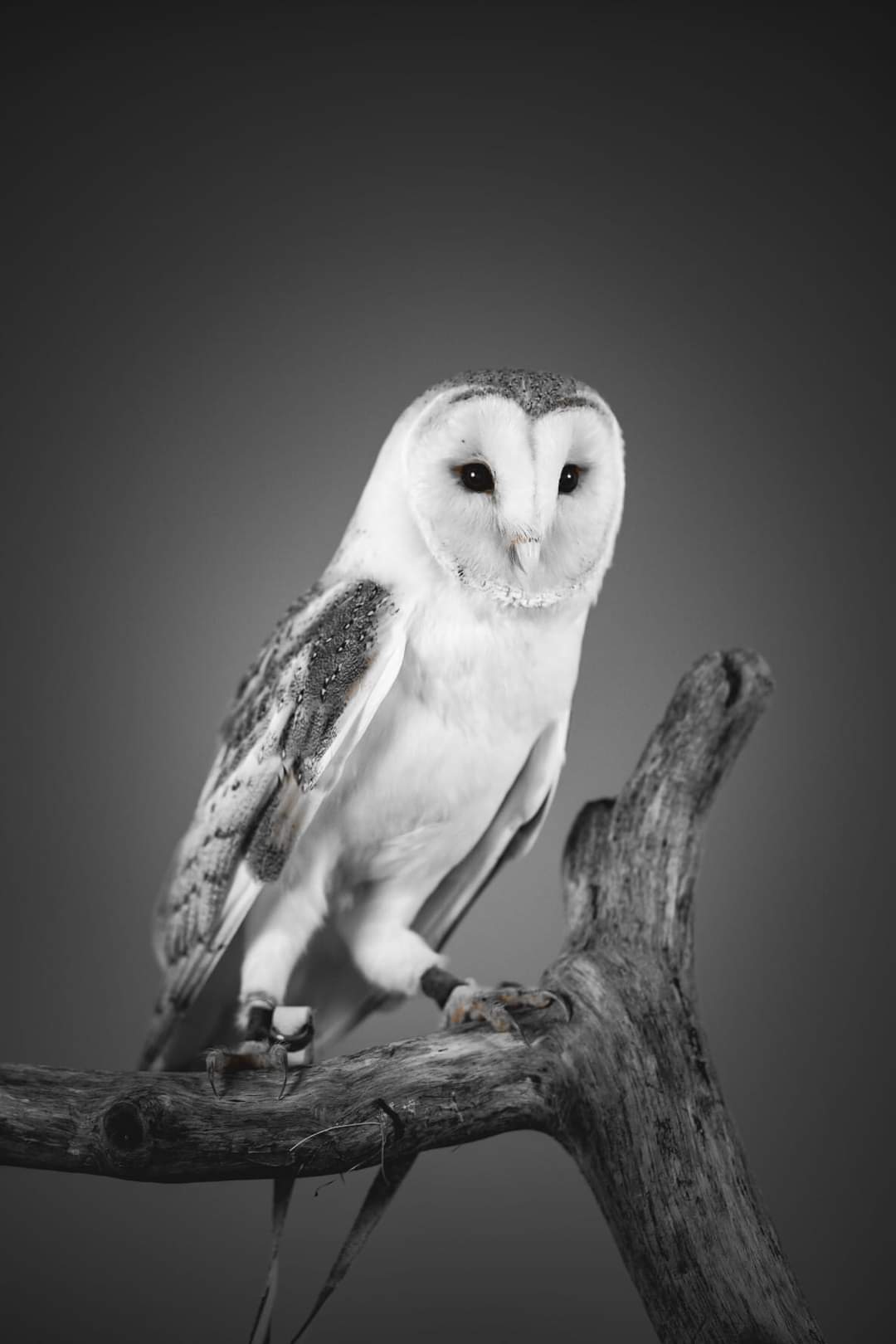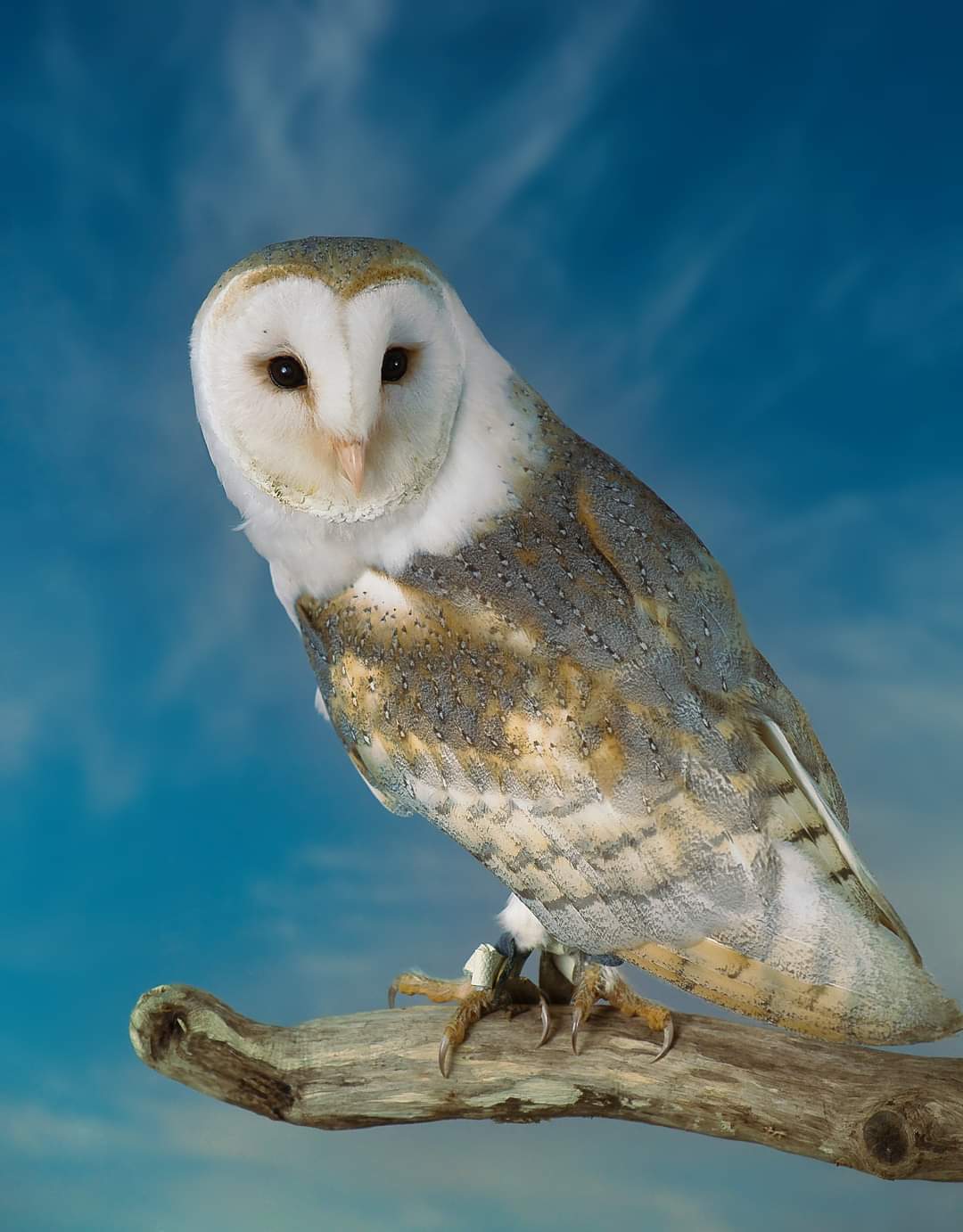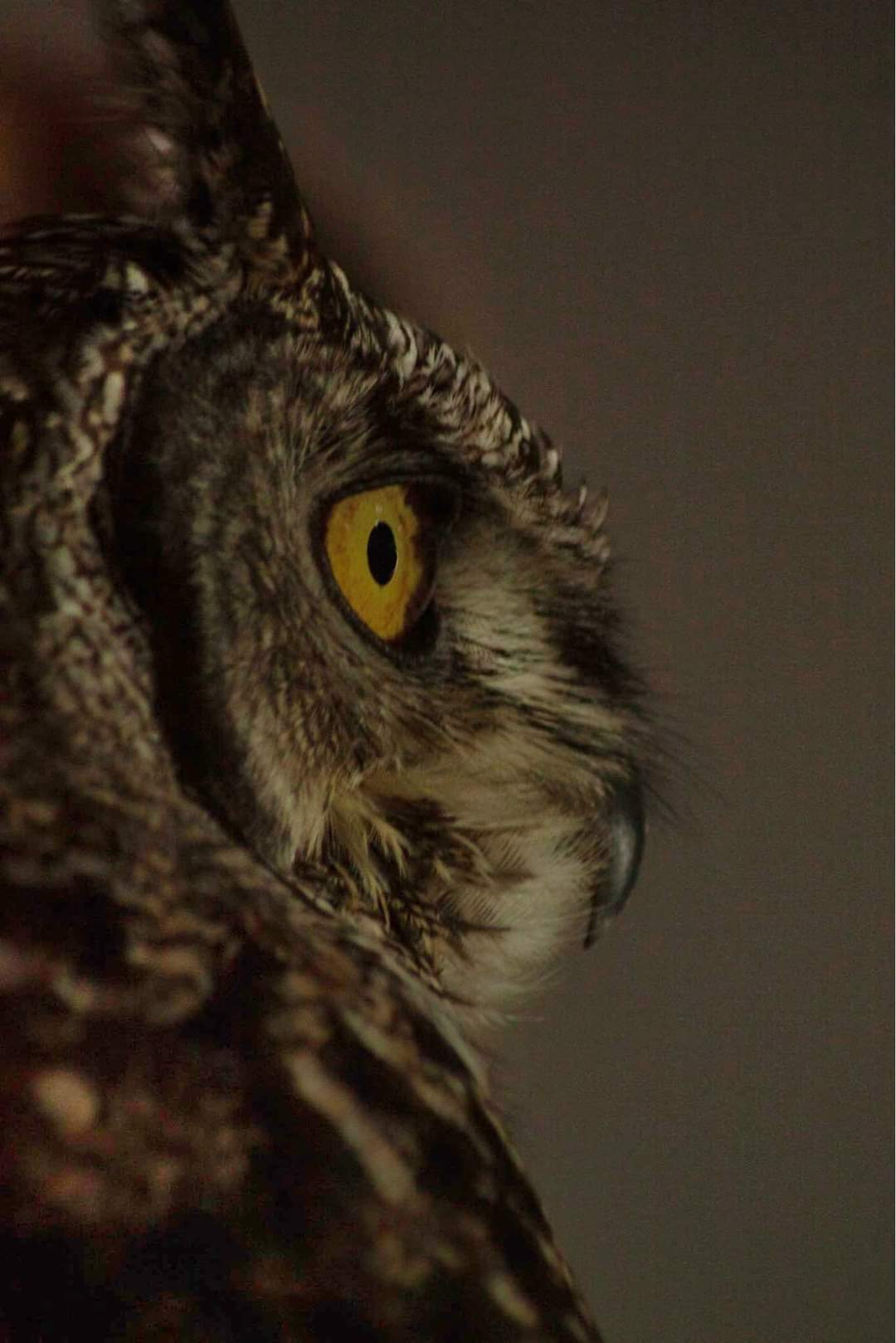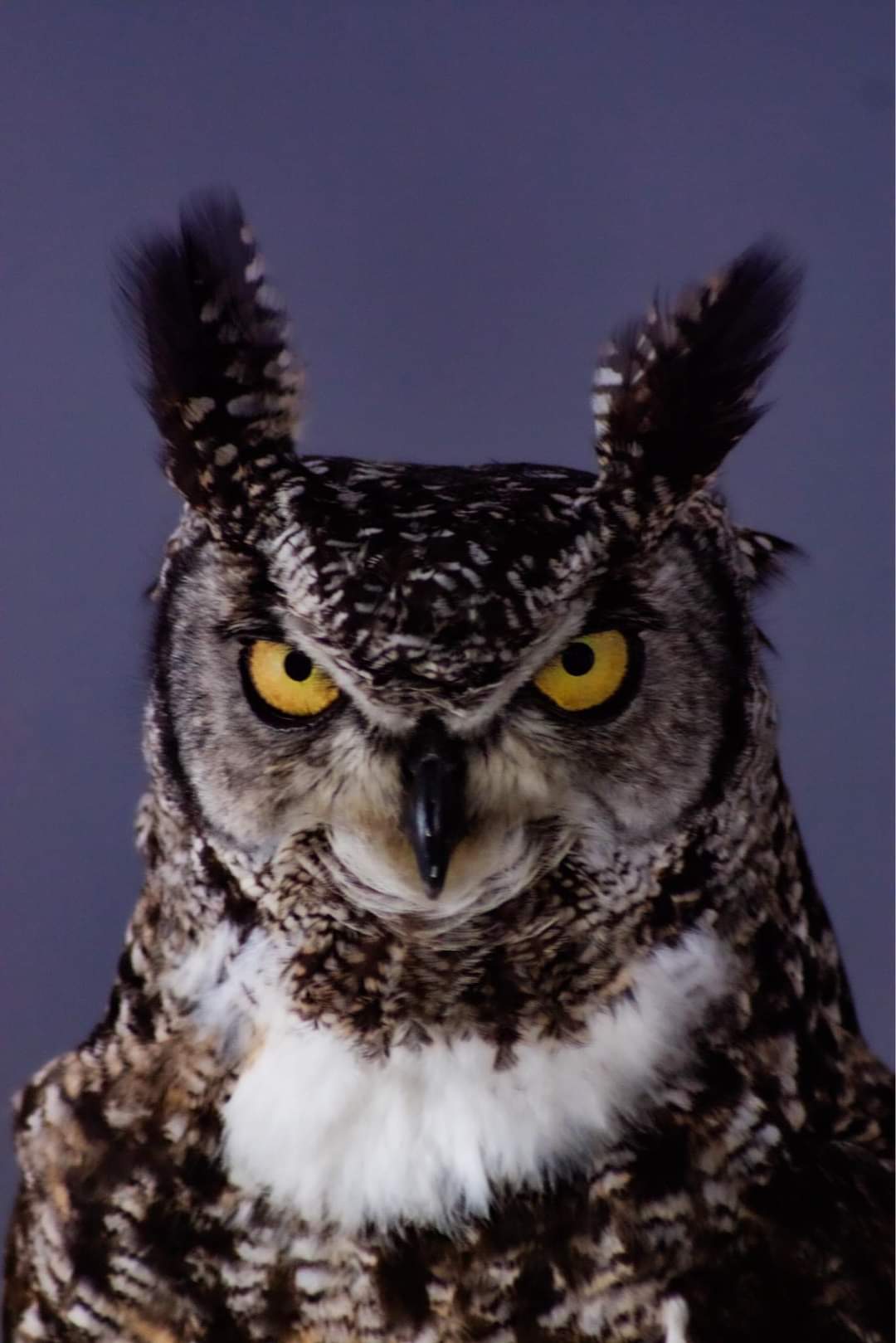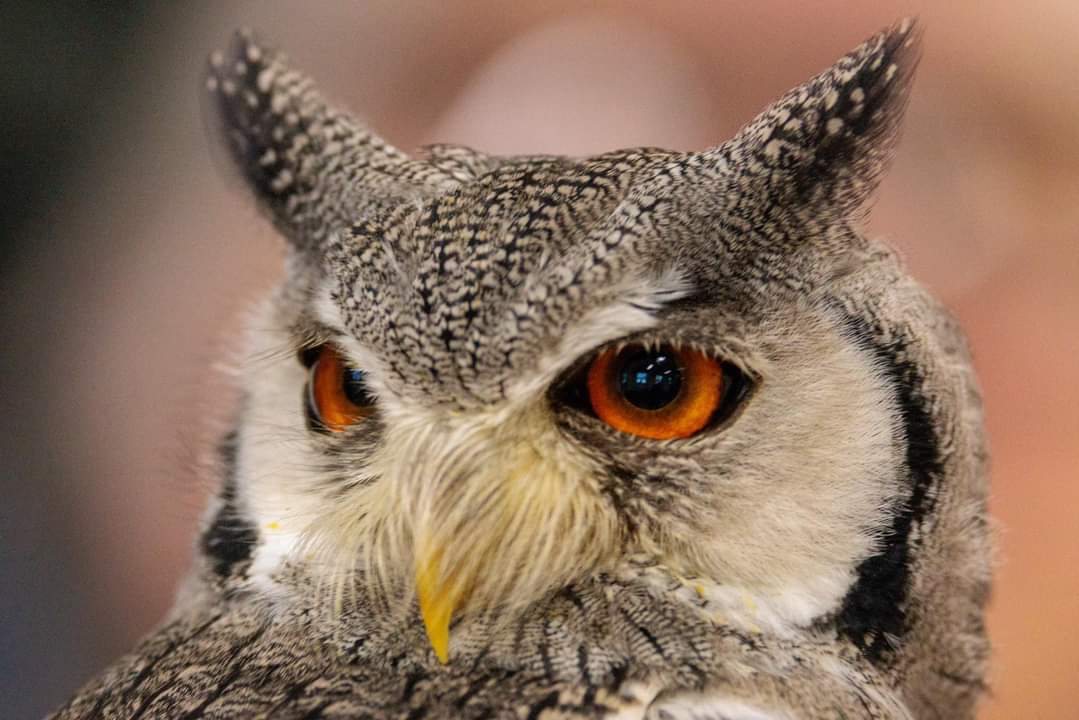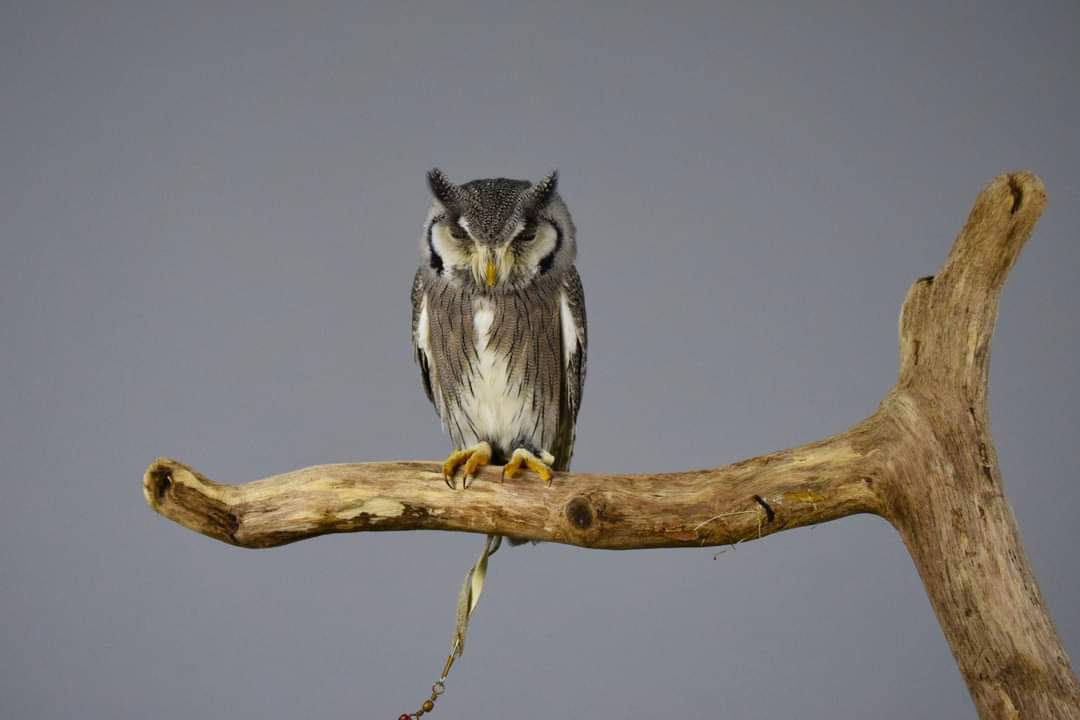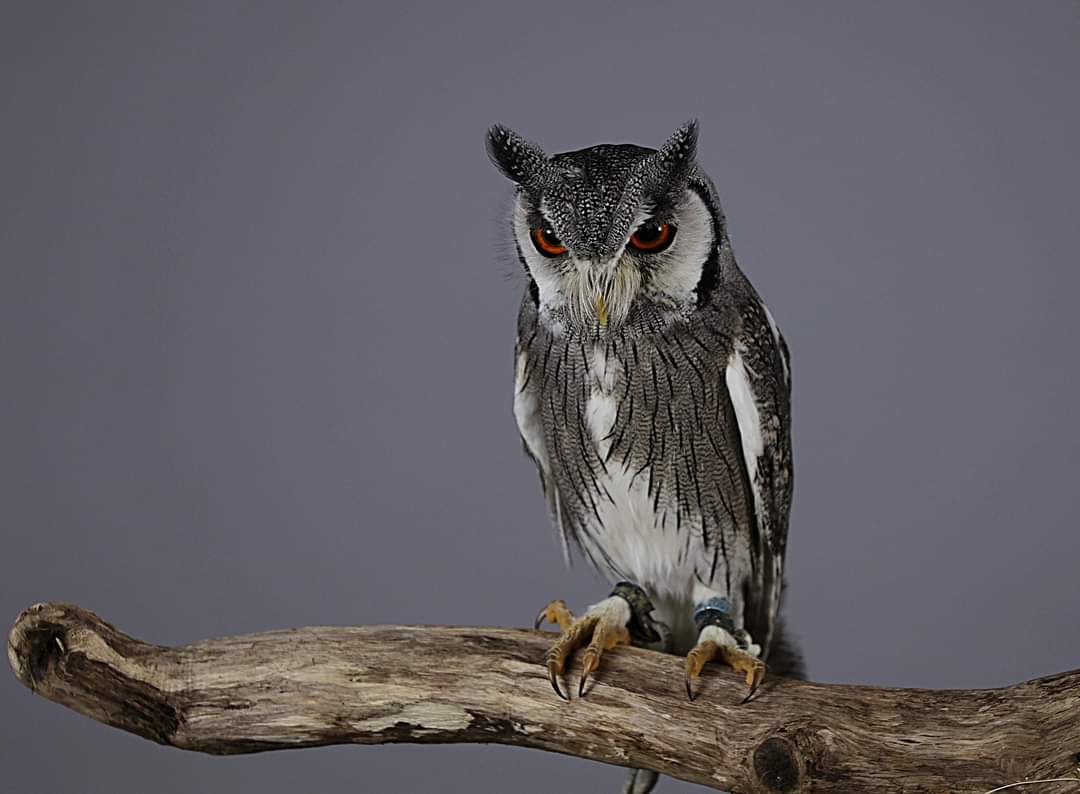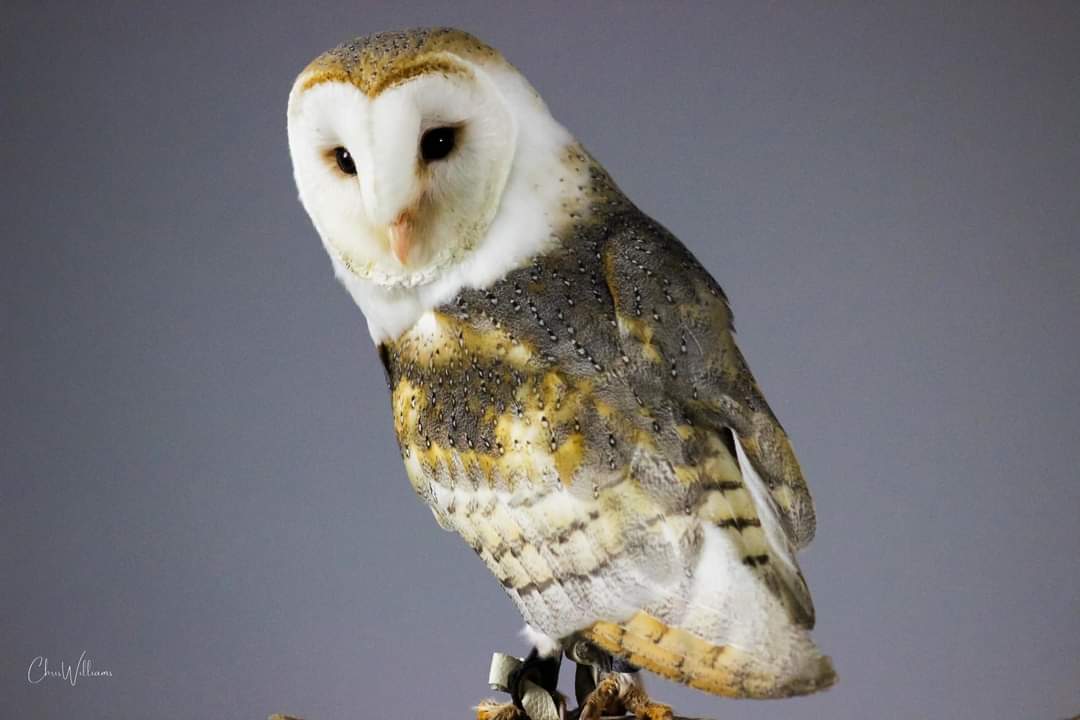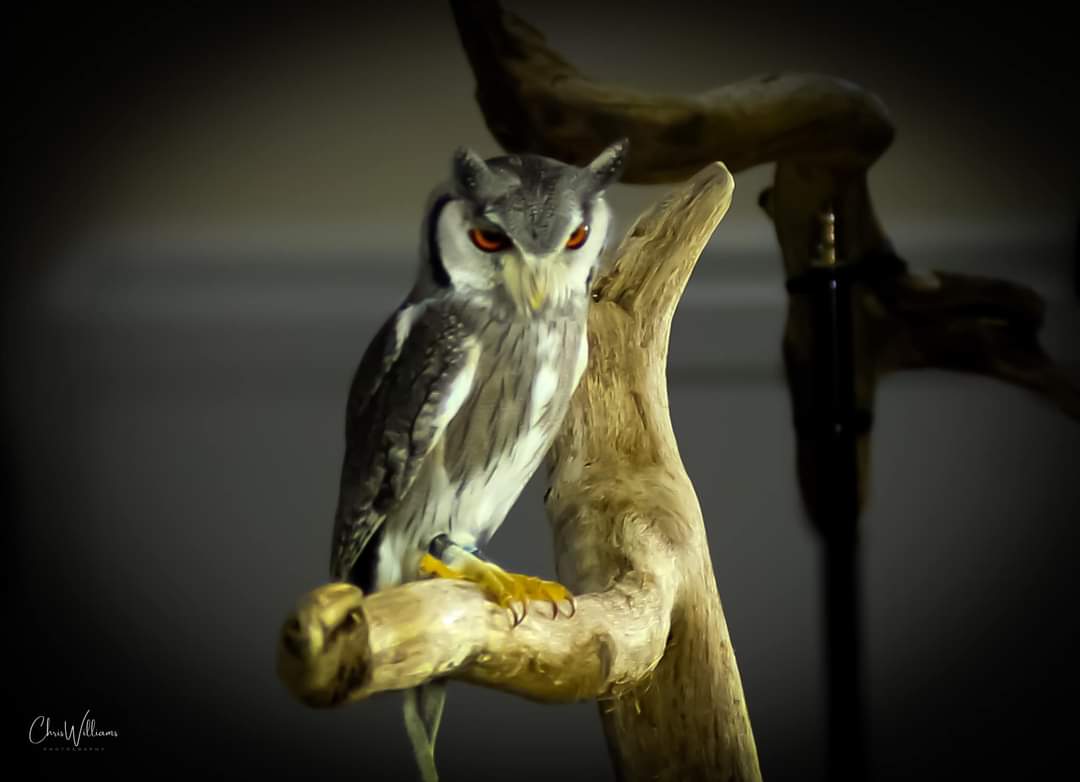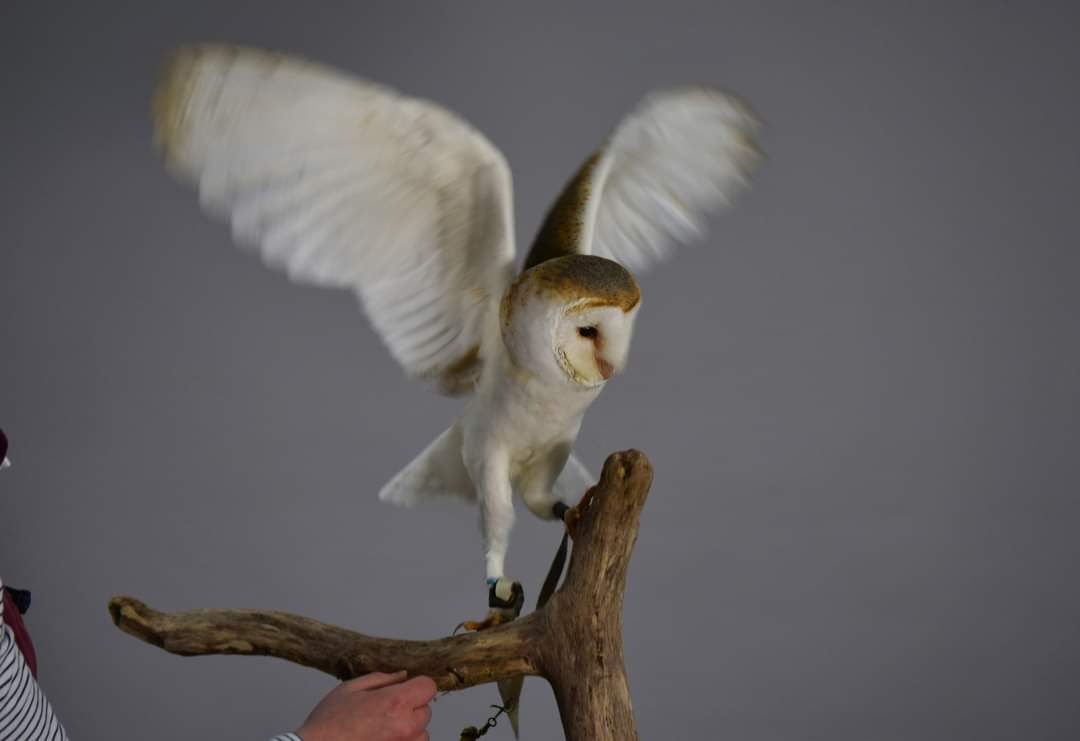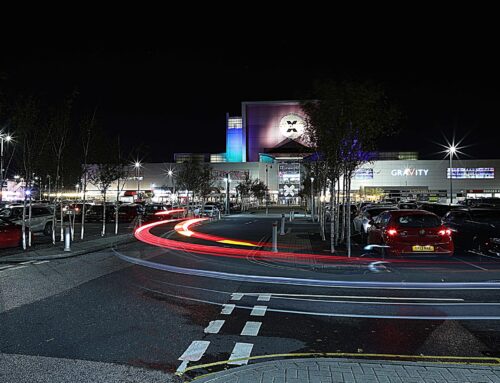OWL PHOTOGRAPHY NIGHT
In the realm of wildlife photography, few subjects evoke the same sense of mystique and fascination as owls. These nocturnal hunters, with their silent flight and piercing gaze, have long captivated the imagination of photographers seeking to capture their beauty through the lens of a camera.
On Monday night Castleford Camera Club in conjunction with KL Falconry, held a photo shoot with 3 incredible owls.
Castleford Camera Club raised over £100 in donations for FL Falconry!
For more information about KL Falconry, please CLICK HERE
TIPS FOR PHOTOGRAPHING OWL’s IN THE WILD
If you’re intrigued by the idea of photographing these elusive creatures, read on for tips and techniques to help you embark on your own owl photography adventure.
- Know Your Subject: Before you set out to photograph owls, take the time to learn about their behavior, habits, and preferred habitats. Understanding your subject will not only increase your chances of encountering owls in the wild but also help you anticipate their movements and behaviors, crucial for capturing compelling photographs.
- Choose the Right Gear: Owl photography often takes place in low-light conditions, especially during dawn and dusk when owls are most active. Invest in a camera with good low-light performance and a fast lens with a wide aperture (such as f/2.8 or wider) to maximise light capture. A sturdy tripod is also essential for stabilising your camera during long exposures.
- Master Low-Light Techniques: Shooting in low light requires a different set of techniques compared to daylight photography. Experiment with manual exposure settings, such as adjusting ISO, aperture, and shutter speed, to achieve the perfect balance between capturing enough light and maintaining image quality.
- Practice Patience: Owl photography requires patience and perseverance. Owls are elusive creatures that can be challenging to spot, let alone photograph. Be prepared to spend long hours waiting and observing in silence, allowing the owls to become comfortable with your presence before attempting to take photos.
- Respect Wildlife: When photographing owls, prioritise the well-being of the birds above getting the perfect shot. Keep a safe distance and avoid disturbing nesting sites or natural habitats. Use quiet, non-intrusive techniques to minimise stress on the owls and other wildlife in the area.
- Focus on Composition: Pay attention to composition when framing your shots. Experiment with different angles, perspectives, and focal lengths to create visually striking images. Consider including elements of the owl’s natural environment, such as tree branches or rocky outcrops, to add context and depth to your photographs.
- Be Ethical: Always adhere to ethical guidelines for wildlife photography. Avoid using bait or playback recordings to attract owls, as this can disrupt their natural behavior and cause unnecessary stress. Practice responsible photography and leave no trace of your presence in the wilderness.
- Share Your Passion: Whether you’re a seasoned photographer or just starting out, don’t hesitate to share your owl photography journey with others. Join online communities, participate in photography forums, or start your own social media accounts to connect with fellow enthusiasts and share your experiences and images.
Remember, owl photography is not just about capturing stunning images – it’s about forging a connection with these magnificent creatures and celebrating the beauty of the natural world. So grab your camera, venture into the night, and let the magic of owl photography unfold before your lens.
Keep an eye out on the club program for more exciting club events coming soon! CLICK HERE
